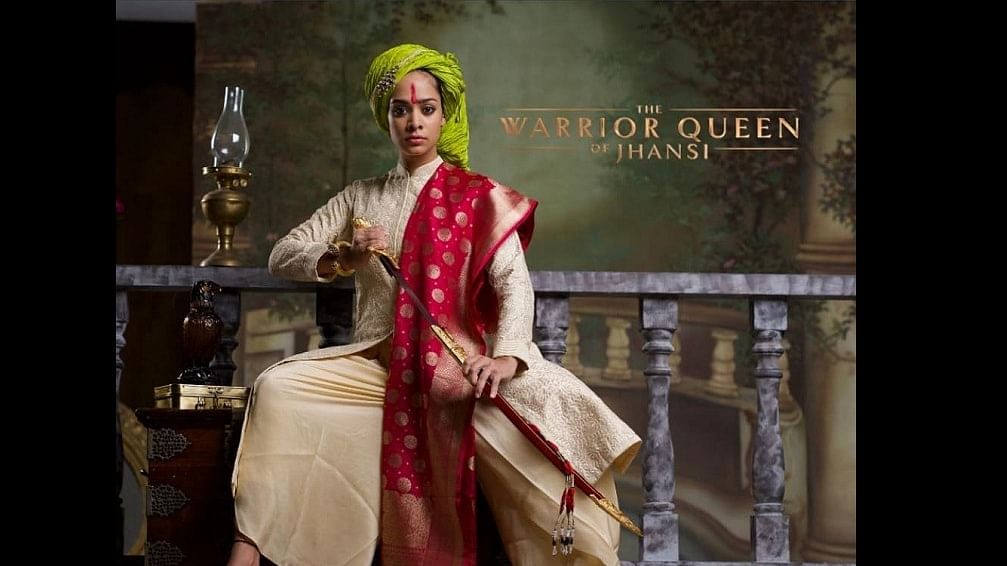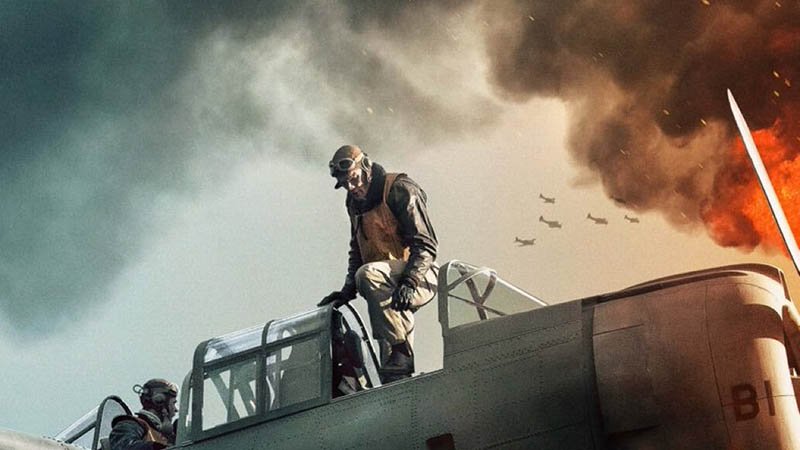Ford v Ferrari
by Matt Weiner
Director James Mangold has a knack for turning the comfortable biopic formula into something genuinely gripping, even when it’s not surprising. In the case of Ford v Ferrari, the film manages to be both.
Anchored by contrasting performances from Matt Damon as the legendary racer and auto engineer Carroll Shelby and Christian Bale as his prickly driver of choice Ken Miles, Ford v Ferrari condenses the staid American automaker’s quest to challenge Ferrari’s dominance in sports car racing as a way of injecting the company with a shot of glamor for younger car buyers.
The site chosen for that showdown is the 1966 24 Hours of Le Mans, a grueling endurance race that no American-made car had yet to win. Shelby previously notched a victory with an Aston Martin in 1959 before retiring as a driver due to health problems.
Although Shelby and Miles were accomplished designers and engineers, the story (by Jez Butterworth, John-Henry Butterworth and Jason Keller) uses a light touch when it comes to detailing the actual car building. There’s almost as much time spent in the boardroom as there is on the racetrack.
And the film is all the better for it, as the conflict turns out to be less about Ferrari and more between the misfits Shelby and Miles and the rigid executives at Ford. (The exception is Lee Iacocca, archly portrayed by Jon Bernthal as a budding Don Draper of Detroit.)
But Ford v Ferrari is still a racing movie, and Mangold delivers when the action moves onto the track. In fact he probably deserves extra credit for heightening the tension during a 24-hour endurance race. How many tea breaks were there in Days of Thunder?
There are also the requisite glimpses of danger (this is a biopic), but the script—and especially Bale’s giddy Miles—bring out the meditative joy as well. It hasn’t been this entertaining to hear Bale yell at people in his accent since Terminator Salvation.
Miles and Shelby get a bit of the tortured artist treatment, but just a bit. The film is after something that in its own small way is more subversive: the friendship, love and respect these men have for each other. (Yes, the focus is almost entirely on men, boys and their toys, but at least Caitriona Balfe gets to do more than sketch the faintest outlines of a long-suffering wife. Barely.)
The film builds to the race in France, but Mangold is in top form when he’s remixing and interrogating Americana, from country in Walk the Line to the western in Logan. Ford v Ferrari continues these reflections on our most storied icons, and the world-weary characters who must bear those burdens for the myth to survive.














